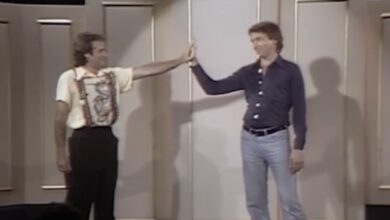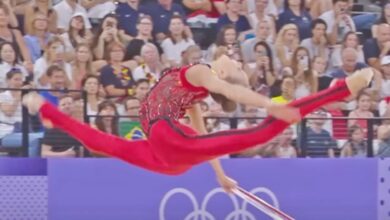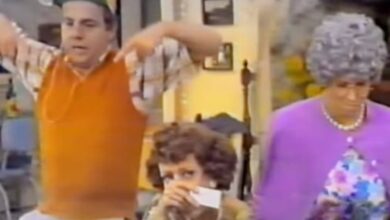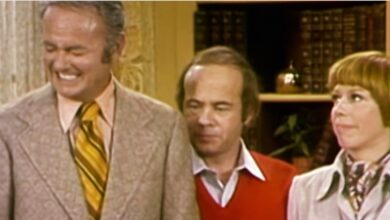The Beatles’ Final Act: Revisiting the Iconic Rooftop Performance
On January 30, 1969, a remarkable chapter in music history unfolded when The Beatles climbed to the rooftop of their Apple Corps headquarters at 3 Savile Row in London. That unexpected performance, delivered under the grey winter sky, would come to represent both the height of their creative spirit and the closing act of their journey as a live band. The spontaneity of the event gave it a magic that studio recordings alone could never capture.
By this time, the group was no stranger to internal conflict, with creative disagreements and personal tensions bubbling beneath the surface. They had already left the relentless life of touring behind years earlier, choosing instead to focus on their studio work. Yet, in the midst of sessions for what would become the “Let It Be” album, the idea of stepping outside the studio walls resurfaced. The notion of playing live again, even briefly, was a nod to their earliest rock roots.
Gathered together on the rooftop with the addition of Billy Preston on keyboards, the band launched into a set that stretched across nearly 42 minutes. They performed multiple takes of “Get Back,” “Don’t Let Me Down,” “I’ve Got a Feeling,” and “Dig a Pony.” For those who happened to be walking the streets below or working in nearby offices, the surreal sight of The Beatles’ voices floating down from above was unforgettable. These unsuspecting passersby became part of rock history without realizing it at first.
The sound of guitars, drums, and harmonies echoed over Savile Row, stopping pedestrians in their tracks. People leaned out of office windows, clustered on street corners, and tried to make sense of the impromptu spectacle happening above them. While the setlist was not extensive by the standards of a full concert, the energy was raw, joyful, and laced with the bittersweet knowledge that the band’s future was uncertain. The rooftop had become their final stage.
As exhilarating as it was for fans, the music soon drew official attention. Complaints from neighboring businesses about the noise led police to the Apple Corps building. The officers arrived as the band continued to play, attempting to navigate the delicate line between maintaining order and stopping a cultural milestone in progress. The interruption lent an extra layer of rebelliousness, almost as if the group had staged their own final protest against silence.
When the authorities finally insisted on bringing the show to an end, it closed a circle on The Beatles’ career as live performers. Their final notes on that rooftop marked a farewell to the stage, not in a stadium filled with thousands, but in the open air above a London street. The footage, preserved in the “Let It Be” documentary, captured every smile, every gust of wind, and every note that symbolized their enduring unity despite the fractures within.
For Billy Preston, who joined them that day, the concert was more than just a guest appearance. His soulful keyboard playing added color and drive to the performance, giving the songs a fuller and more vibrant texture. Many observers later argued that his contribution helped lift the session beyond what might have been a rough jam into something that felt complete. His presence on that rooftop has since become legendary, cementing him as the “fifth Beatle” in the eyes of many.
The concert was as much about spirit as it was about music. The band members laughed, exchanged glances, and seemed briefly free from the conflicts that had dominated their later years. Paul McCartney’s energetic vocals, John Lennon’s wry humor, George Harrison’s steady guitar work, and Ringo Starr’s unwavering drumming all combined into a fleeting reminder of why the world fell in love with them in the first place. For that brief moment, The Beatles were simply four friends making music together again.
In the decades since, the rooftop performance has become a defining symbol of The Beatles’ legacy. It has been referenced endlessly in popular culture, re-created in films, documentaries, and even paid tribute to by other musicians. The images of them huddled against the cold, smiling through the wind as they played, remain etched in the public imagination as the ultimate example of rock spontaneity meeting artistic brilliance.
Today, that day on the rooftop continues to inspire new generations of artists and fans. It speaks not only to The Beatles’ unmatched cultural influence but also to their willingness to take risks and create unforgettable experiences. Their final live performance was not in a grand arena but in an unassuming city street, transformed forever by their sound. It remains a timeless reminder of the power of music to surprise, unite, and define an era.





